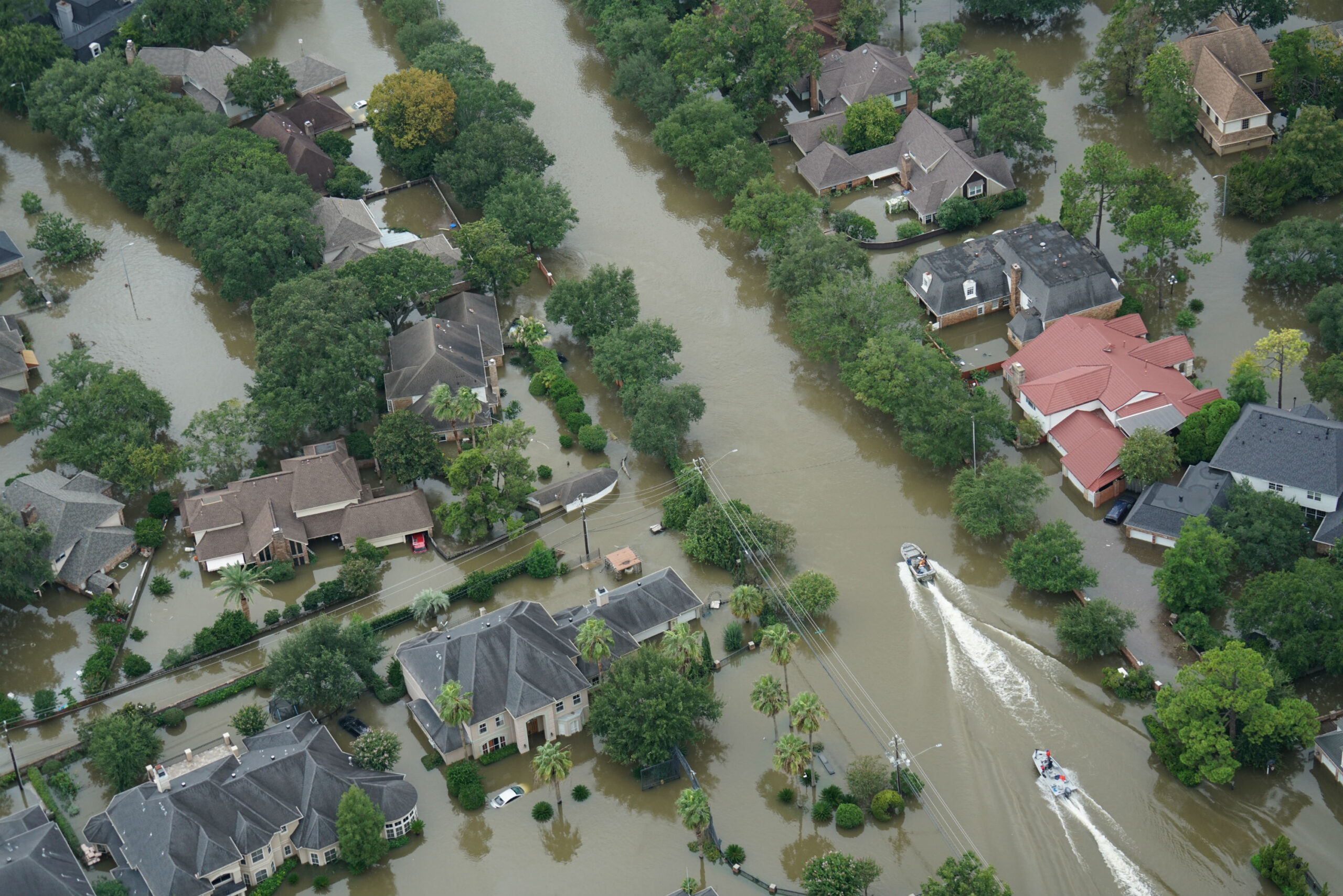Background
In the mid-1980s, the California state legislature declared childhood lead exposure the most significant environmental health problem in the state and subsequently established the Childhood Lead Poisoning Prevention Branch within the state’s Department of Public Health (CDPH).
The program compiles information, identifies target areas, and analyzes data to design and implement ways to reduce childhood lead exposure. The statutes also determine a “standard of care” to evaluate children for lead-exposure risk; mandate reporting by laboratories of all state blood lead test results; and require public health and environmental services for children identified with elevated blood lead levels, including ordering property owners to remove hazardous lead conditions. The state requires the establishment of procedures and the adoption of regulations regarding residential lead paint, and lead-contaminated dust and soil. It also authorizes and administers a lead-based paint prevention training, certification, and accreditation program.
Funding
To help pay for the program, in 1993, California adopted an annual Childhood Lead Poisoning Prevention Fee, administered jointly by CDPH and the California Board of Equalization (BOE), on manufacturers and other entities involved with the production or sale of lead and lead-based products collected from businesses in the petroleum and architectural coatings industries and from facilities reporting releases of lead into the air. The department deploys a “historical market share attributions” concept to estimate each payer’s long-term contribution to environmental lead contamination and allocate fees. It then deploys collected funds (the fee generated $20.6 million in fiscal 2015) to support healthcare referrals, assessments of homes for hazards, and educational activities.
Banning Lead in Certain Products
California has led U.S. efforts to ban lead from a range of products beginning with a 1986 law, Proposition 65, which requires manufacturers, retailers, and other businesses to notify consumers when they are being exposed to toxic chemicals, including lead. The law has made consumers more aware of toxic chemicals in their environment, and advocates have successfully pressed for more regulations to ban or curtail the use of lead and other toxins in products. In conjunction with these efforts, California passed a number of strict laws to safeguard products and protect its citizens from lead exposure. For example:
- In 2005, California implemented a lead-in-candy law. The state considers candies with lead levels in excess of 0.1 parts per million (ppm) to be contaminated. The Food and Drug Branch of the California Department of Public Health is required to test samples, notify the manufacturer of the adulteration, and issue a health advisory. The federal Food and Drug Administration subsequently issued national guidance in 2006 recommending that all candy likely to be consumed by children contain no more than 0.1 ppm of lead.
- In 2006, California enacted the Metal-Containing Jewelry Law. This requires jewelry and components, such as dyes and crystal, that are sold, shipped, or manufactured for sale in California to meet limits set by the state under a 2004 consent judgment that applied to a number of manufacturers, retailers, and distributors in response to a lawsuit filed by the Attorney General of California and two environmental groups. The law forbids the manufacture, shipping, sale, or offer for retail sale or promotional purposes jewelry in California unless it is made wholly from one or more specified materials. It also mandates lead restrictions for certain specified materials allowed in manufacturing jewelry and establishes provisions for children’s jewelry and that used for body-piercing.
- California passed additional legislation in 2006, effective in 2010, to reduce the lead content in water distribution products. The law prohibits more than 0.25 percent lead in commercial pipes, fittings, and fixtures. In 2010, the U.S. Congress amended the Safe Drinking Water Act, including provisions similar to the California standard, and, in 2014, the 0.25 percent standard for lead in pipes, fittings, and fixtures became national.
- In 2009, California passed the California Lead in Wheel Weights Ban to prevent lead from wheel weights, used to balance tires in vehicles, from entering the environment. Before the ban, lead wheel weights, which can become dislodged from the wheels and end up on roads where they are abraded into lead dust and debris, were responsible for releasing 500,000 pounds of lead annually onto California roads. Since 2009, six other states, including Washington, Maine, Illinois, New York, Vermont, and Minnesota, have followed California’s lead. Also in 2009, the U.S. Environmental Protection Agency (EPA) started the process to consider banning lead wheel weights in the United States, but it has not taken formal action. The European Union has already banned lead wheel weights, while manufacturers in Japan and Korea stopped installing them in 2005.
In 2010, both California and Washington passed legislation restricting the use of heavy metals including lead in motor vehicle brake pads. In 2014, in California, and 2015 in Washington, brake pads sold in those states could not contain more than 0.1 percent by weight. The legislation also limits the levels of asbestiform fibers, cadmium, chromium, copper, and mercury in the brake friction materials. In January 2015, brake manufacturers signed a memorandum of agreement with the Environmental Protection Agency and the Environmental Council of the States declaring that all brake pads sold in the United States will meet the California/Washington standards. The brake- pad standards were adopted immediately, while standards for copper are being phased in.
- In 2003, California passed the Toxics in Packaging Prevention Act, which limited harmful substances in packaging and reduced the levels of toxins contaminating soil and ground water near landfills. While the original law exempted lead paint or applied ceramic decoration on glass bottles, a 2008 amendment banned such uses if the lead content exceeds 600 ppm.
- California passed a law in 2013 that made it the first state to require the use of only lead-free ammunition be used for hunting with a firearm in California. The regulations, which began to phase in in 2015, will be fully implemented in 2019. Lead ammunition for hunting waterfowl was banned nationally in 1991, but the California law extends the ban to hunting for all wildlife. The main purpose of the law is to protect endangered wildlife, including the California condor, from lead exposure. However the legislation should have the added benefit of reducing lead exposure for the families of hunters.
Results
The number of children from 0 to under 21 years who have been identified with blood lead levels at and above 4.5 mcg/dL has been decreasing significantly. In 2013, 1.7 percent of tested children had blood lead levels in this range. In 2007, 6.5 percent tested above 4.5 mcg/dL.
_______________________________________________
In August, 2017, the Health Impact Project, a collaboration between the Robert Wood Johnson Foundation (RWJF) and Pew Charitable Trusts released: Ten Policies to Prevent and Respond to Childhood Lead Exposure. The Trust for America’s Health (TFAH), National Center for Healthy Housing (NCHH), Urban Institute, Altarum Institute, Child Trends and many researchers and partners contributed to the report. TFAH and NCHH worked with Pew, RWJF and local advocates and officials to put together the above case study about lead poisoning and prevention initiatives.
The case study does not attempt to to capture everything a location is doing on lead, but aims to highlight some of the important work.



